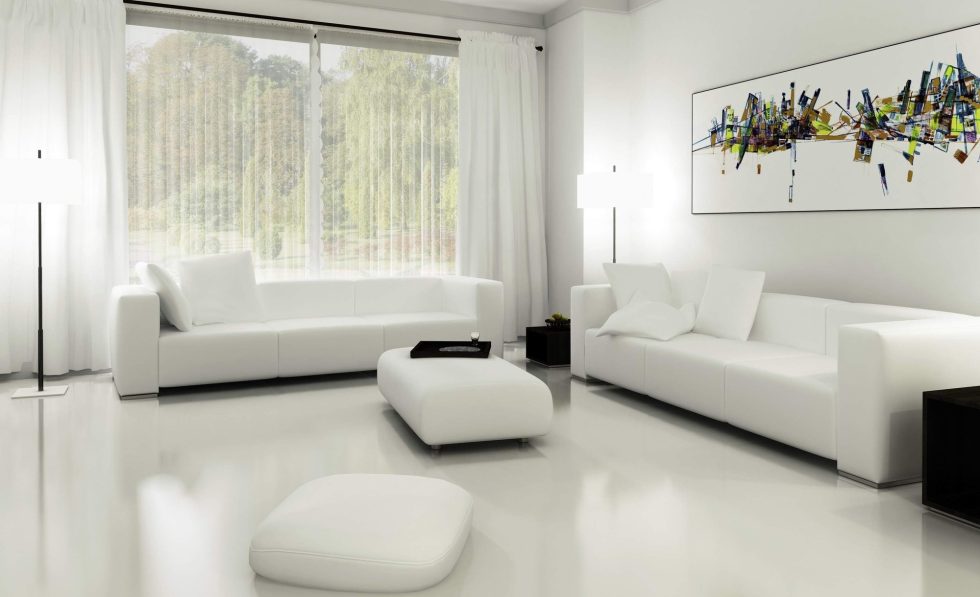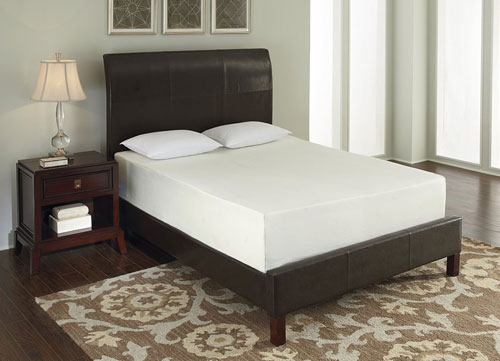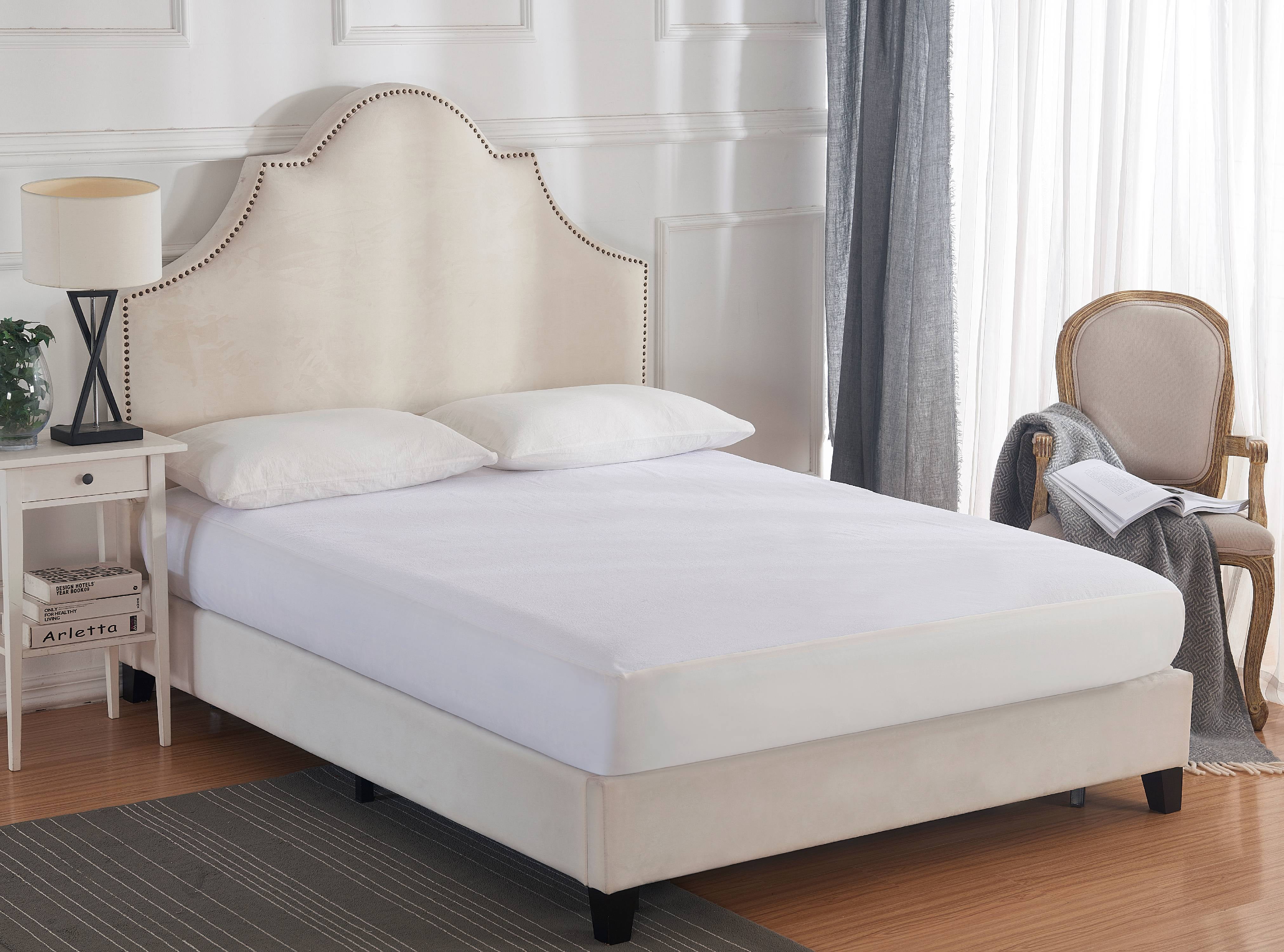Creating a warm and inviting living room can be achieved by incorporating natural wood elements into your design. However, mixing different wood tones can be a tricky task. With the right tips and tricks, you can create a cohesive look that adds depth and character to your space. Here are the top 10 ways to mix woods in your living room:Mixing Woods in Your Living Room: Tips and Tricks
When it comes to mixing wood furniture, it's important to have a balance of light and dark tones. This creates a harmonious and visually appealing look. Start by choosing one dominant wood tone, such as a dark mahogany or a light oak, and then incorporate a few pieces in a contrasting tone. This will create a focal point and add interest to your living room.1. How to Create a Cohesive Look with Mixed Wood Furniture in Your Living Room
While mixing wood tones can add dimension to your living room, there are some dos and don'ts to keep in mind. Do choose a variety of wood finishes, but don't overdo it. Stick to a maximum of three different wood tones to avoid a cluttered look. Also, do consider the undertones of each wood finish to ensure they complement each other.2. The Dos and Don'ts of Mixing Different Wood Tones in Your Living Room
Natural wood elements, such as a coffee table or a bookshelf, can add warmth and texture to your living room. Consider mixing different types of wood, such as pine and maple, to create a unique and eclectic look. You can also incorporate natural wood accents, such as a woven basket or a wooden tray, to add depth and interest.3. Incorporating Natural Wood Elements into Your Living Room Design
Rustic-chic is a popular design trend that combines elements of both rustic and modern styles. To achieve this look in your living room, mix different wood finishes, such as a distressed wood coffee table and a sleek, dark wood TV stand. This will create a balance between the two styles and add character to your space.4. Creating a Rustic-Chic Living Room with a Mix of Wood Finishes
Mixing light and dark wood tones is an effective way to add contrast and balance to your living room. For example, if you have dark wood floors, consider adding a light wood coffee table and side tables to break up the heaviness of the dark tone. This will create a visually appealing and well-balanced space.5. Mixing Light and Dark Woods for a Balanced Living Room Design
Incorporating mixed wood accents, such as a wood-framed mirror or a wooden wall art, can add texture and depth to your living room. These accents can also serve as focal points and tie in with other wood elements in the room. Just be sure to choose accents in different wood tones to create a cohesive look.6. Adding Texture and Depth to Your Living Room with Mixed Wood Accents
When choosing wood finishes for your living room, consider the overall color scheme of the room. If you have neutral walls and furniture, you can opt for a bolder wood finish, such as a dark cherry or a rich walnut. If you have a colorful living room, stick to lighter wood finishes to avoid overwhelming the space.7. How to Choose the Right Wood Finishes for Your Living Room
Mixing modern and traditional styles can create a unique and dynamic living room design. To achieve this look, incorporate a variety of wood finishes in your furniture and decor. For example, a sleek, modern coffee table can be paired with a traditional wood-framed armchair. This will create a balanced and interesting space.8. Mixing Modern and Traditional Styles with a Variety of Wood Finishes in Your Living Room
Mixing different types of wood in your living room decor not only adds visual interest, but it also has practical benefits. For instance, using a mix of hardwood and softwood furniture can balance out the cost of your living room design. Hardwood furniture is typically more expensive, but softwood accents can add a touch of affordability to your space.9. The Benefits of Mixing Different Types of Wood in Your Living Room Decor
Mixing Woods in Your Living Room: The Perfect Blend of Style and Functionality

The Beauty of Mixing Different Types of Woods
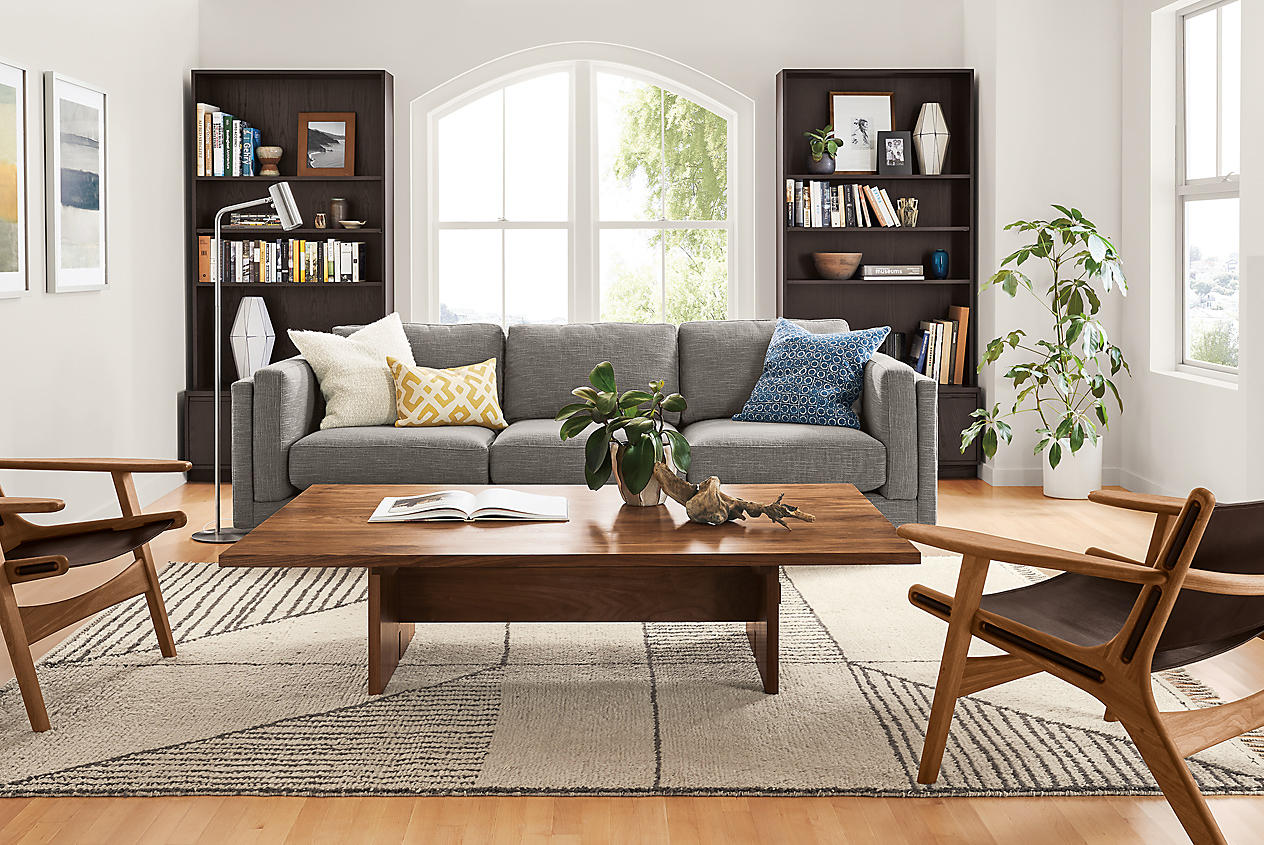 When it comes to interior design, one of the most common and versatile materials used is wood. It adds warmth, texture, and character to any space, making it a popular choice for many homeowners. However, the idea of mixing different types of woods in one room may seem daunting and overwhelming. But fear not, because when done correctly, it can create a beautiful and cohesive look for your living room.
When it comes to interior design, one of the most common and versatile materials used is wood. It adds warmth, texture, and character to any space, making it a popular choice for many homeowners. However, the idea of mixing different types of woods in one room may seem daunting and overwhelming. But fear not, because when done correctly, it can create a beautiful and cohesive look for your living room.
The Key to Successfully Mixing Woods
 The key to successfully mixing woods in your living room is balance. Too much of one type of wood can make the space feel heavy and overwhelming, while too many different types of wood can create a chaotic and mismatched look. The goal is to create a harmonious blend of different wood tones and textures that complement each other.
Featured Keywords: Mixing Woods, Living Room, Balance, Harmonious Blend
The key to successfully mixing woods in your living room is balance. Too much of one type of wood can make the space feel heavy and overwhelming, while too many different types of wood can create a chaotic and mismatched look. The goal is to create a harmonious blend of different wood tones and textures that complement each other.
Featured Keywords: Mixing Woods, Living Room, Balance, Harmonious Blend
Creating a Cohesive Look
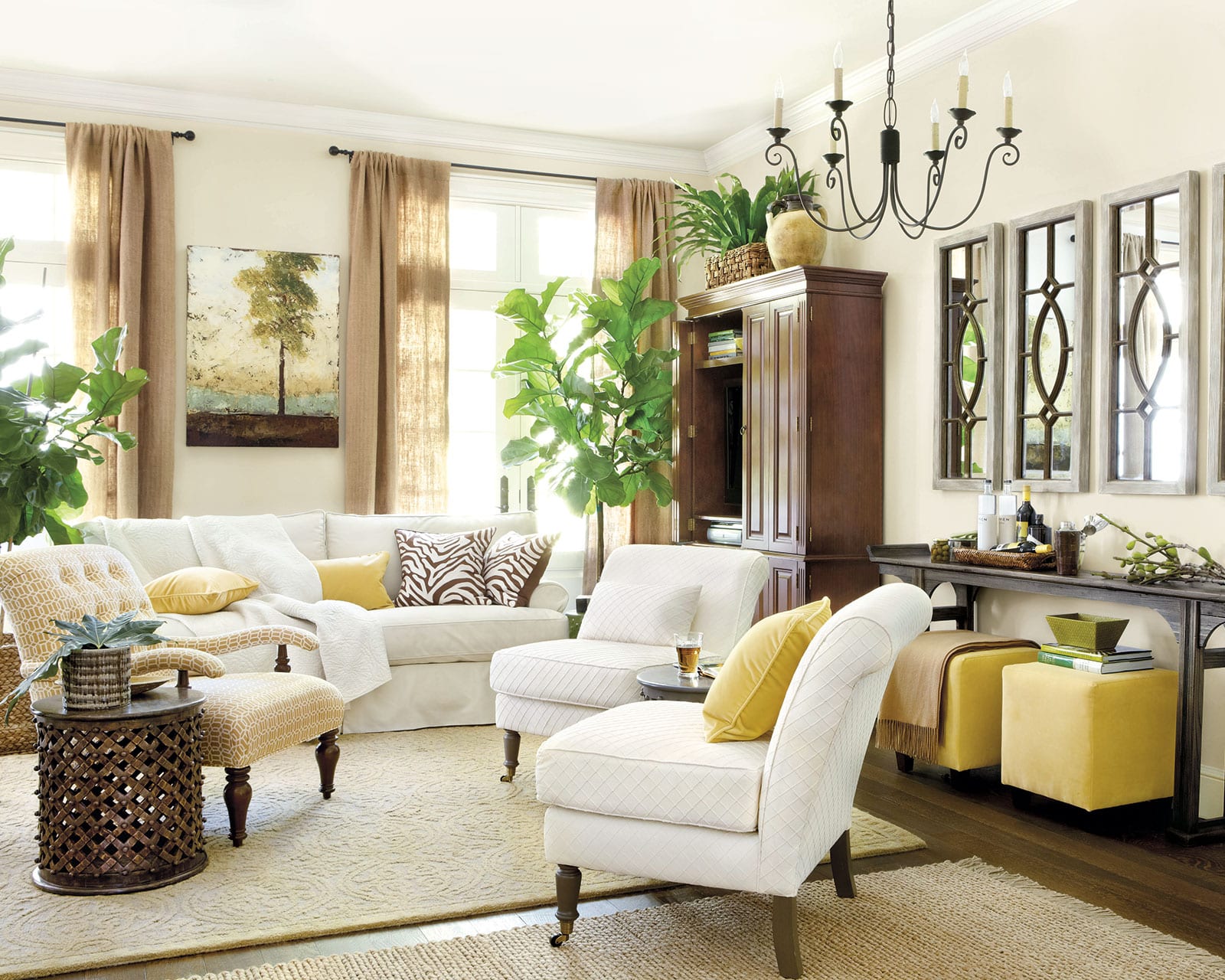 To achieve a cohesive look, start by selecting a dominant wood tone that will serve as the anchor for the room. This could be the flooring, a large piece of furniture, or even a wooden accent wall. Then, incorporate other wood tones that are complementary to the dominant one. For example, if you have a dark wood flooring, you can add lighter wood accents such as side tables or a coffee table to create contrast and visual interest.
Related Main Keywords: Dominant Wood Tone, Cohesive Look, Complementary, Visual Interest
To achieve a cohesive look, start by selecting a dominant wood tone that will serve as the anchor for the room. This could be the flooring, a large piece of furniture, or even a wooden accent wall. Then, incorporate other wood tones that are complementary to the dominant one. For example, if you have a dark wood flooring, you can add lighter wood accents such as side tables or a coffee table to create contrast and visual interest.
Related Main Keywords: Dominant Wood Tone, Cohesive Look, Complementary, Visual Interest
Playing with Textures
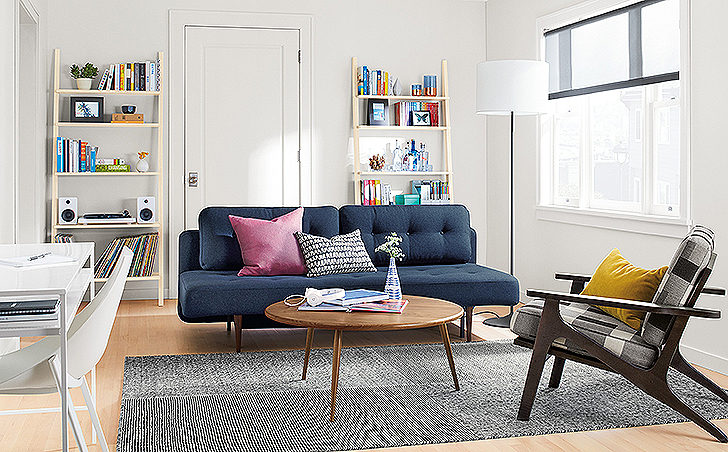 Mixing different wood textures can also add dimension and depth to your living room. You can achieve this by incorporating different finishes such as smooth, rustic, or distressed woods. This will create a visually interesting and dynamic space. You can also mix different types of wood grains, such as a smooth grain on a coffee table and a more pronounced grain on a bookshelf.
Related Main Keywords: Textures, Dimension, Depth, Visually Interesting, Dynamic Space
Mixing different wood textures can also add dimension and depth to your living room. You can achieve this by incorporating different finishes such as smooth, rustic, or distressed woods. This will create a visually interesting and dynamic space. You can also mix different types of wood grains, such as a smooth grain on a coffee table and a more pronounced grain on a bookshelf.
Related Main Keywords: Textures, Dimension, Depth, Visually Interesting, Dynamic Space
Final Touches: Adding Non-Wood Elements
:max_bytes(150000):strip_icc()/ScreenShot2021-02-01at5.58.28PM-a5510c89b43d40b7b8b7c28d0734a209.png) To complete the look, add non-wood elements to balance out the space. This could be in the form of different materials such as metal, glass, or fabric. These elements will add a touch of contrast and prevent the room from feeling too heavy or one-dimensional.
Related Main Keywords: Non-Wood Elements, Balance, Contrast, One-Dimensional
To complete the look, add non-wood elements to balance out the space. This could be in the form of different materials such as metal, glass, or fabric. These elements will add a touch of contrast and prevent the room from feeling too heavy or one-dimensional.
Related Main Keywords: Non-Wood Elements, Balance, Contrast, One-Dimensional
In Conclusion
 Mixing different types of woods in your living room can add a touch of sophistication and personality to your space. Remember to strive for balance, create a cohesive look, play with textures, and incorporate non-wood elements. With these tips in mind, you can easily achieve the perfect blend of style and functionality in your living room.
So, don't be afraid to mix and match different wood tones and textures in your living room. Embrace the beauty of diversity and create a space that truly reflects your personal style.
Mixing different types of woods in your living room can add a touch of sophistication and personality to your space. Remember to strive for balance, create a cohesive look, play with textures, and incorporate non-wood elements. With these tips in mind, you can easily achieve the perfect blend of style and functionality in your living room.
So, don't be afraid to mix and match different wood tones and textures in your living room. Embrace the beauty of diversity and create a space that truly reflects your personal style.

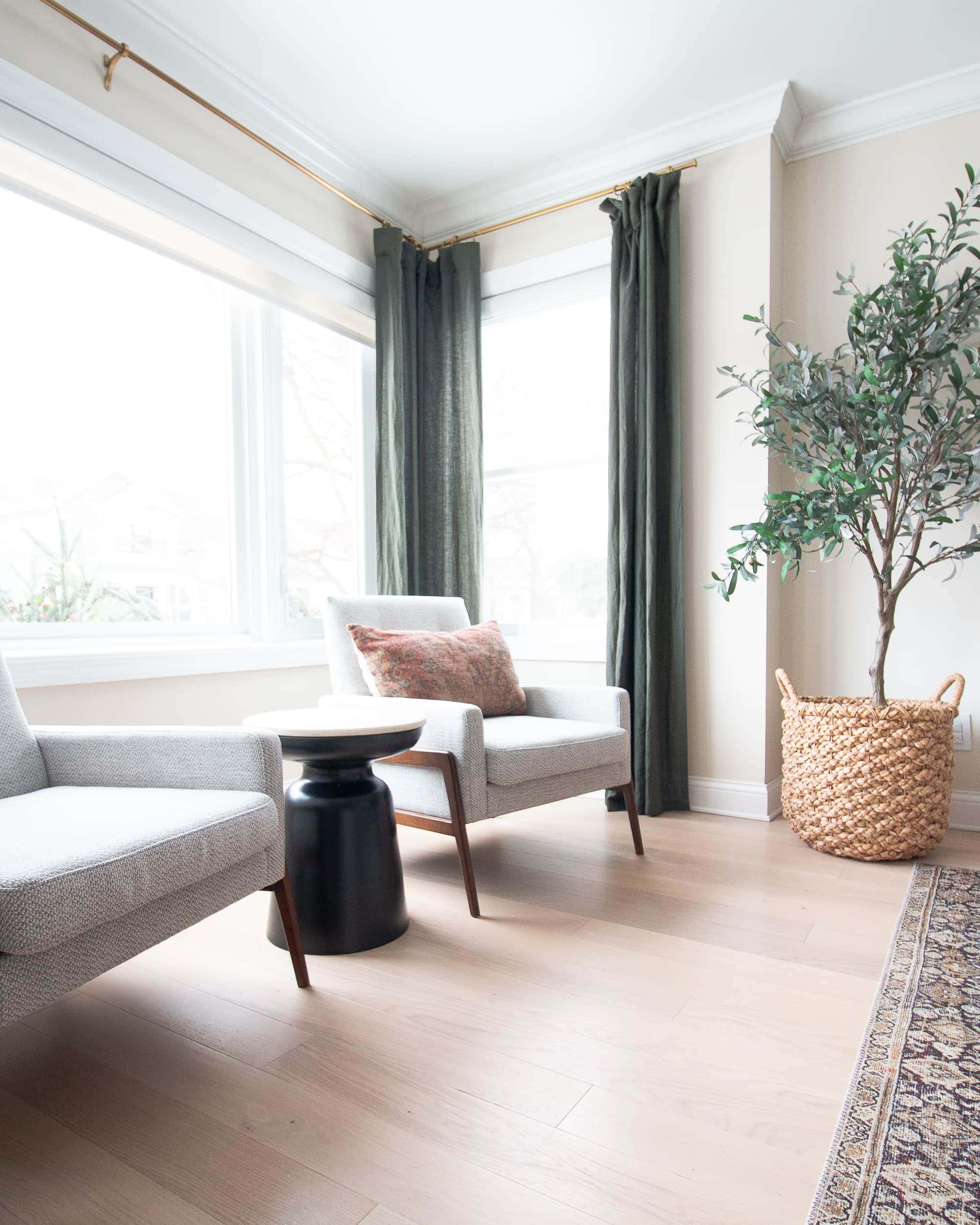


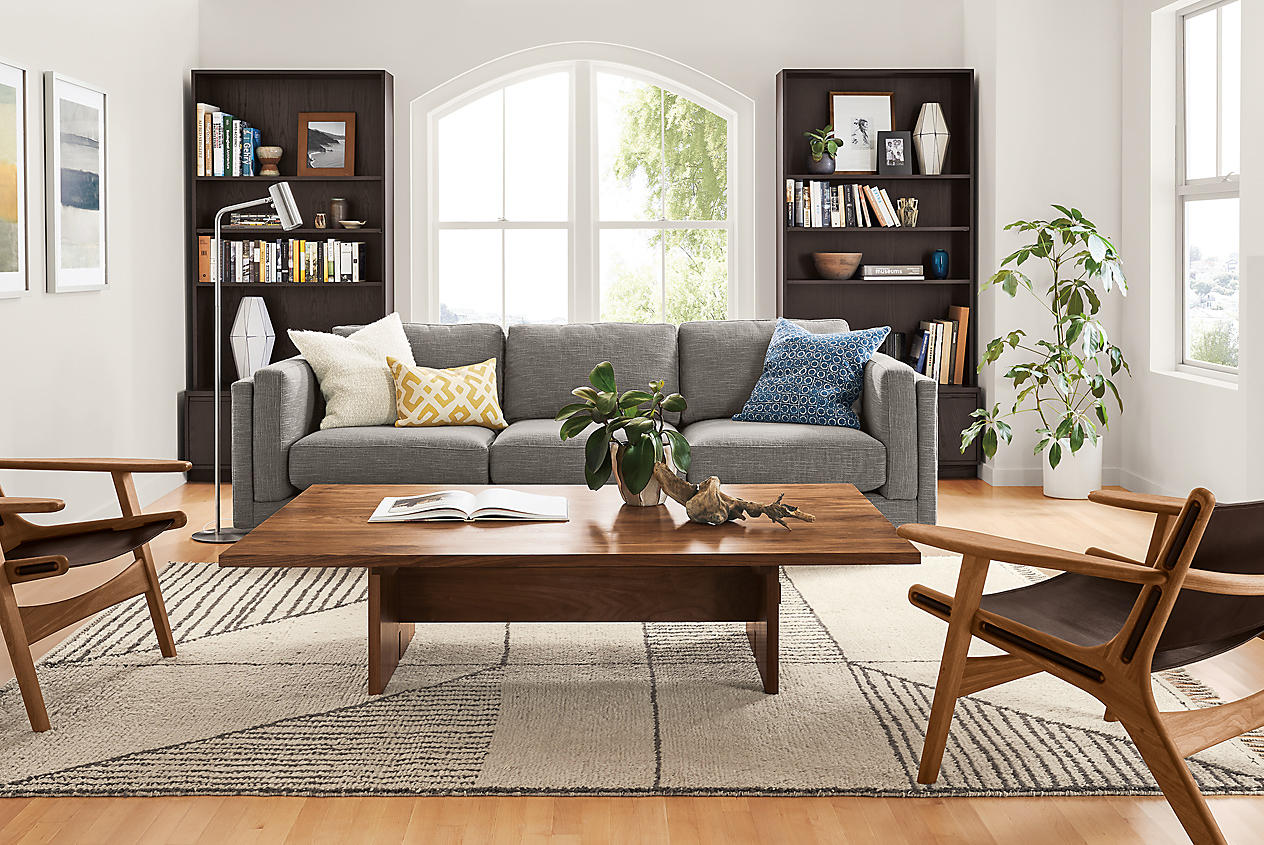
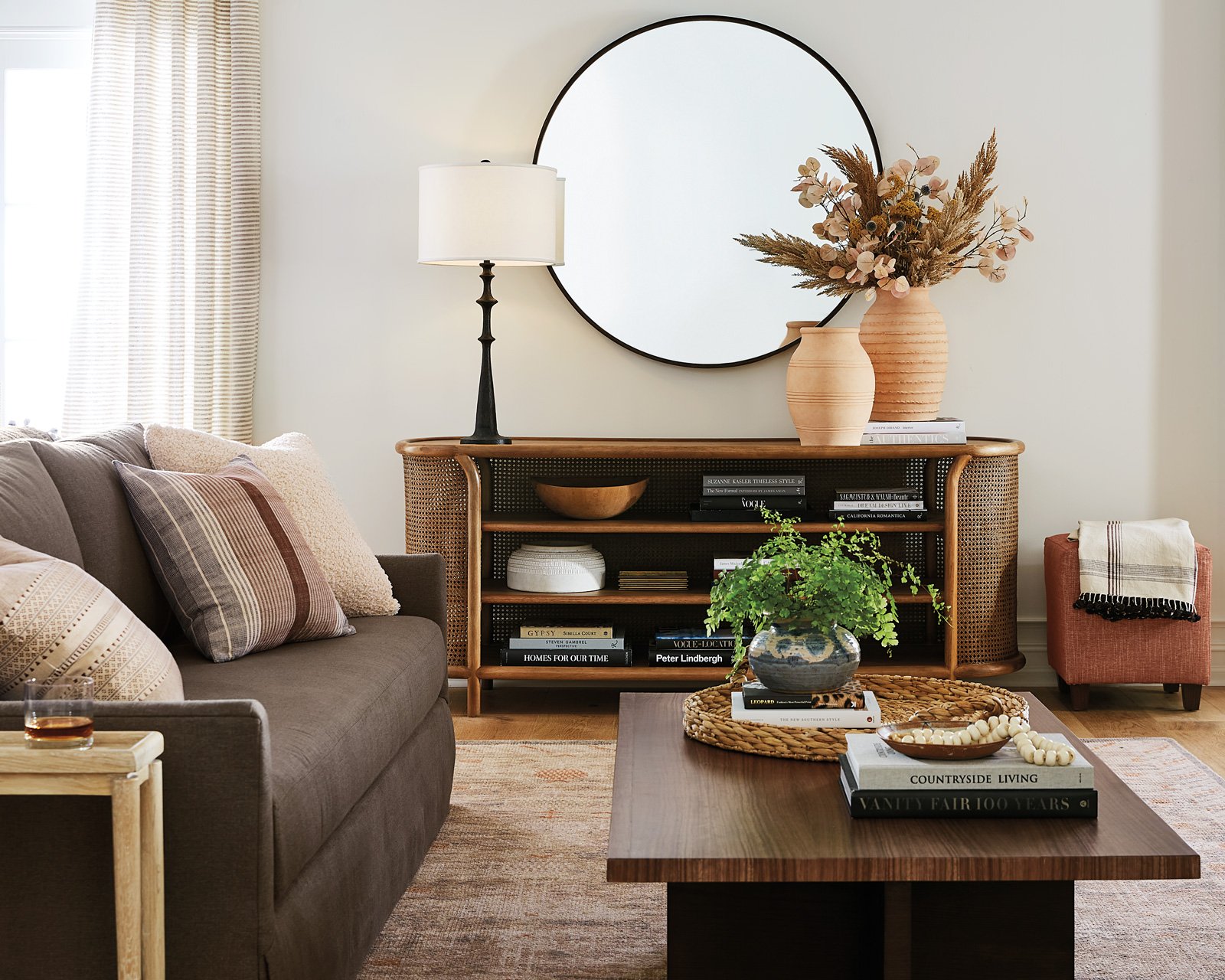

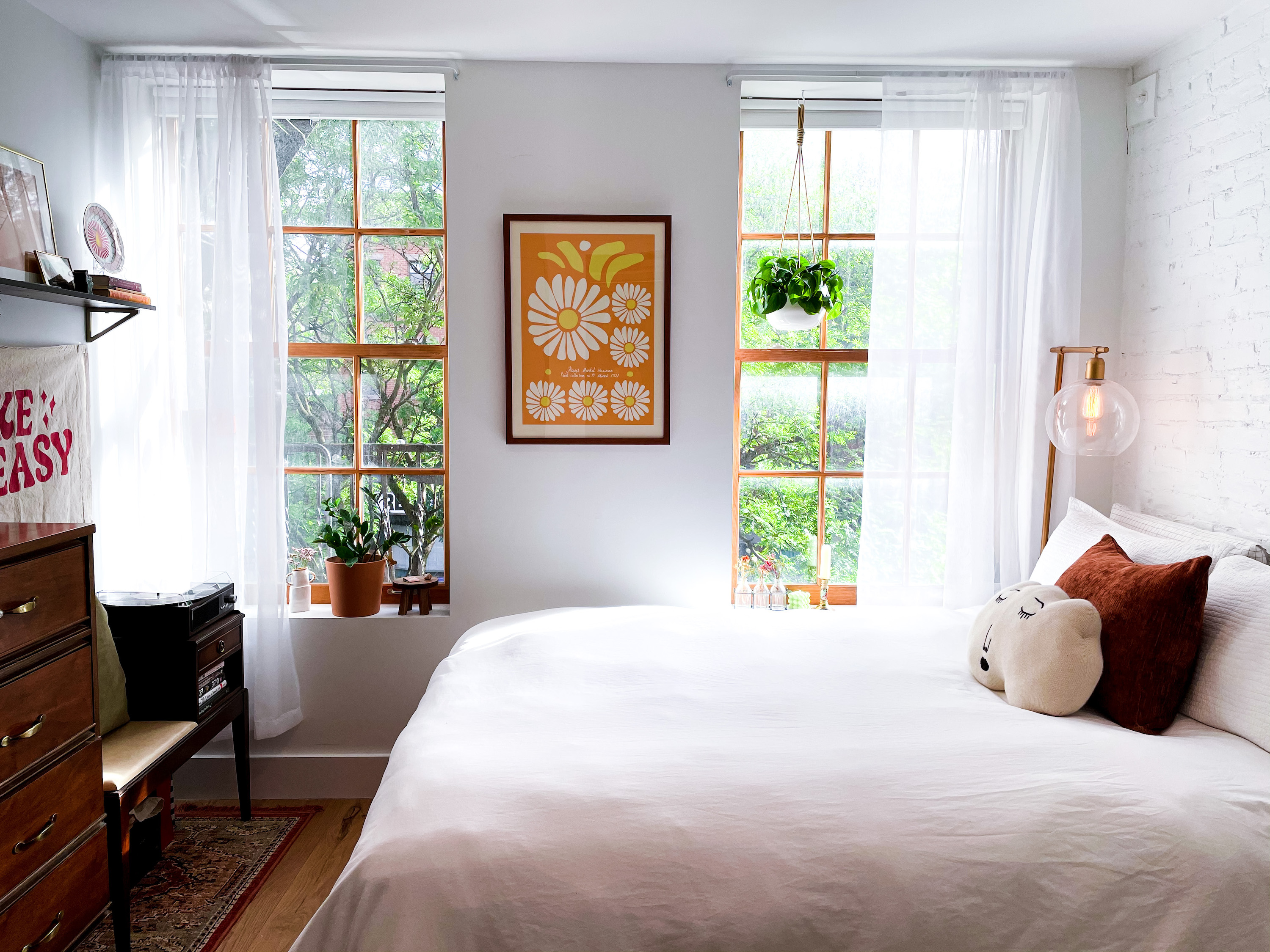






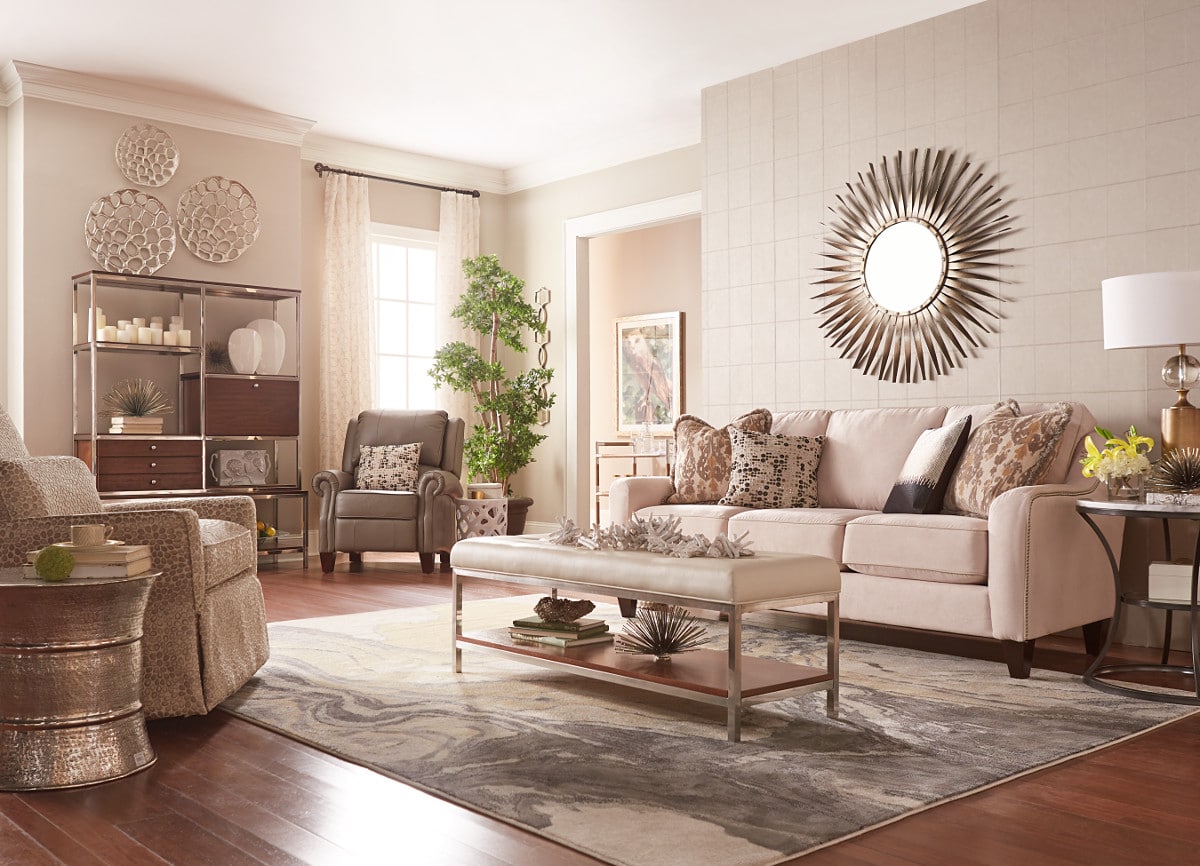
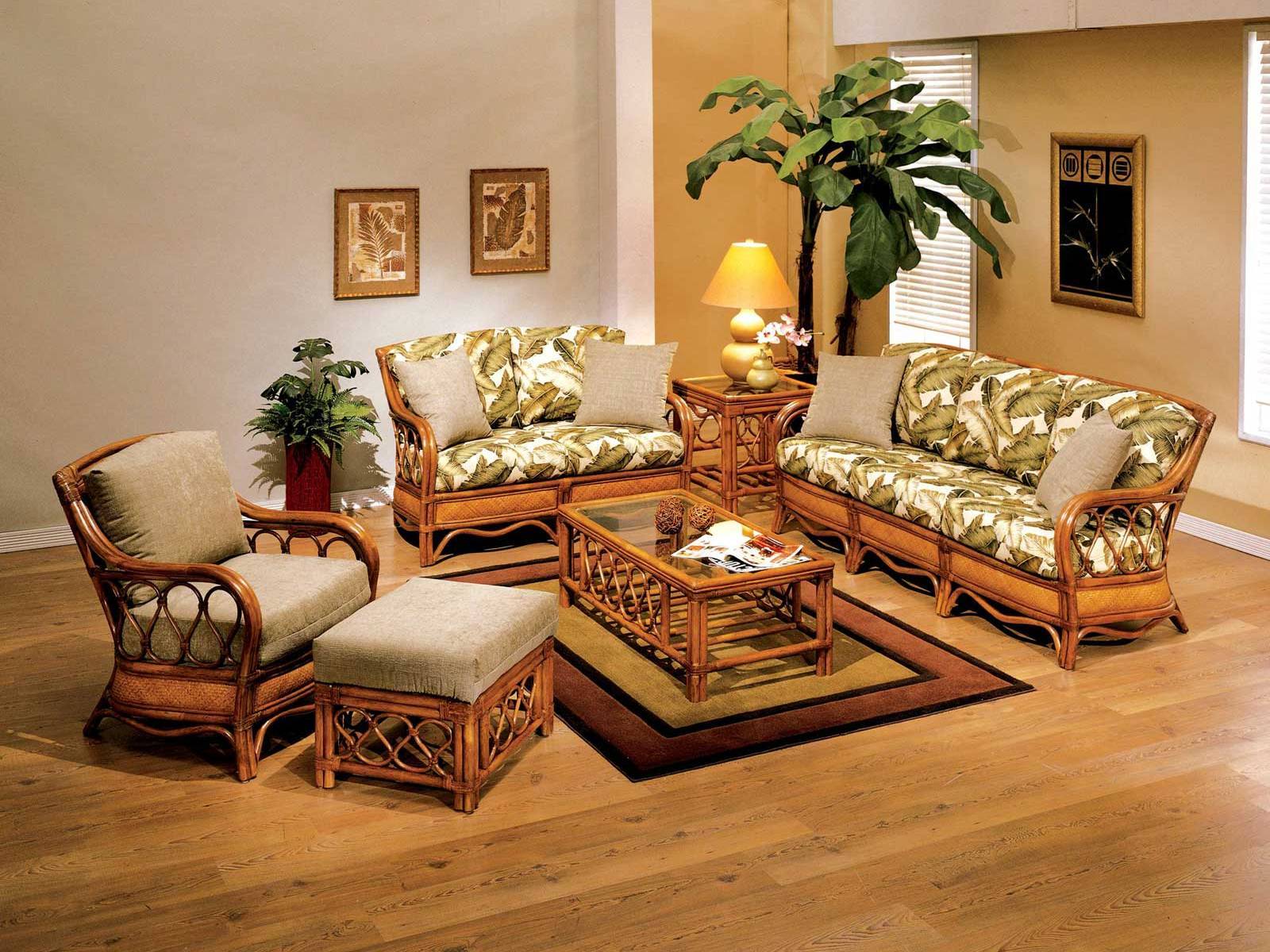











/170619_Bespoke_Bridgehampton-0134-edfcbde576b04505a95eceebe843b3c7.jpg)








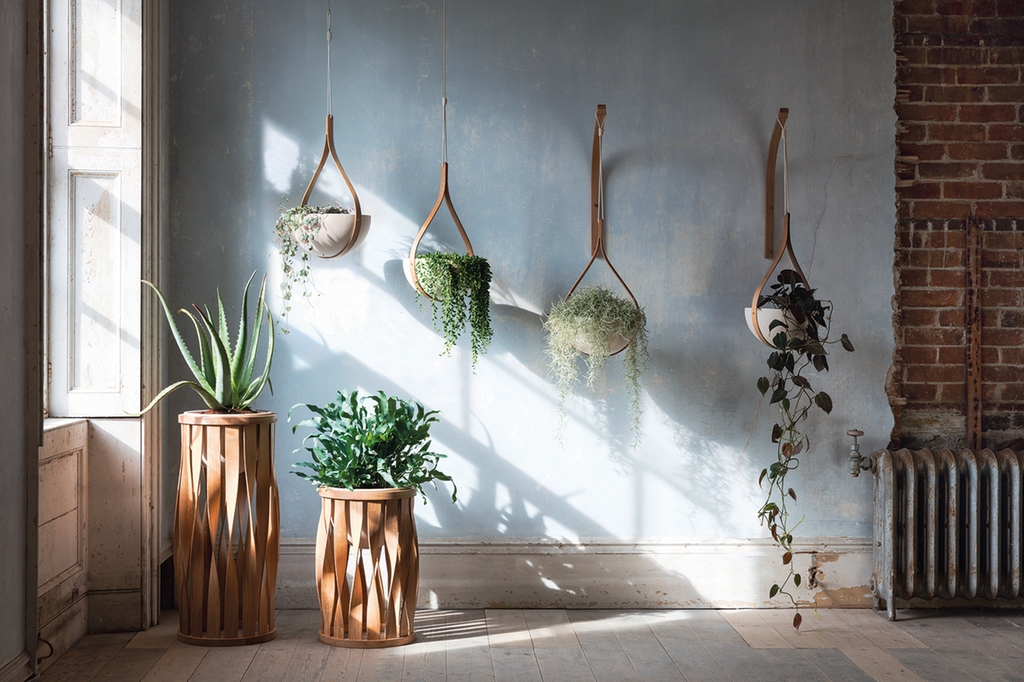

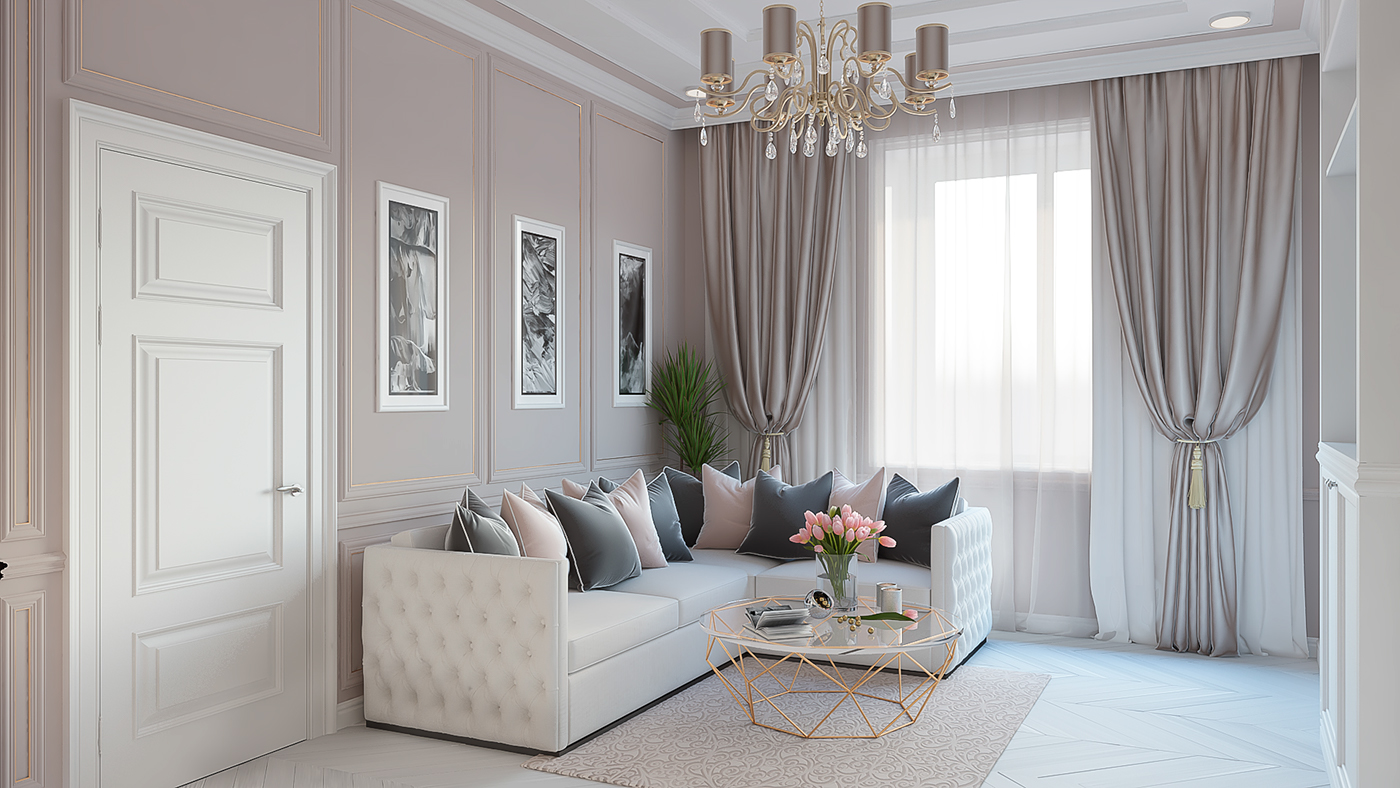


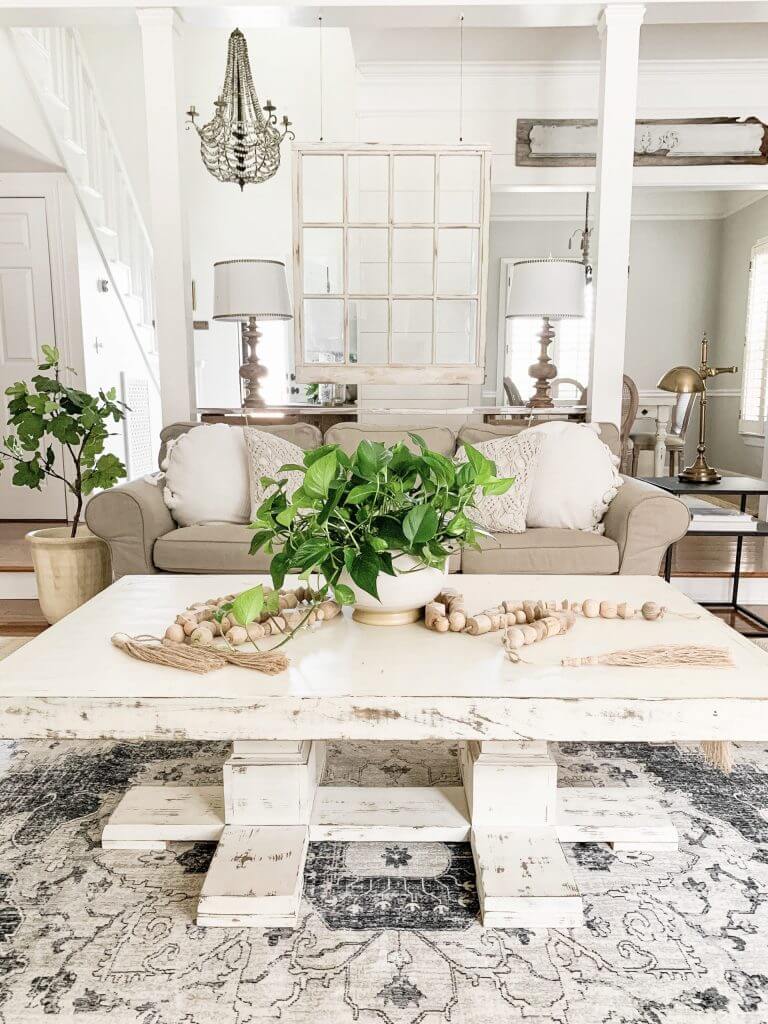
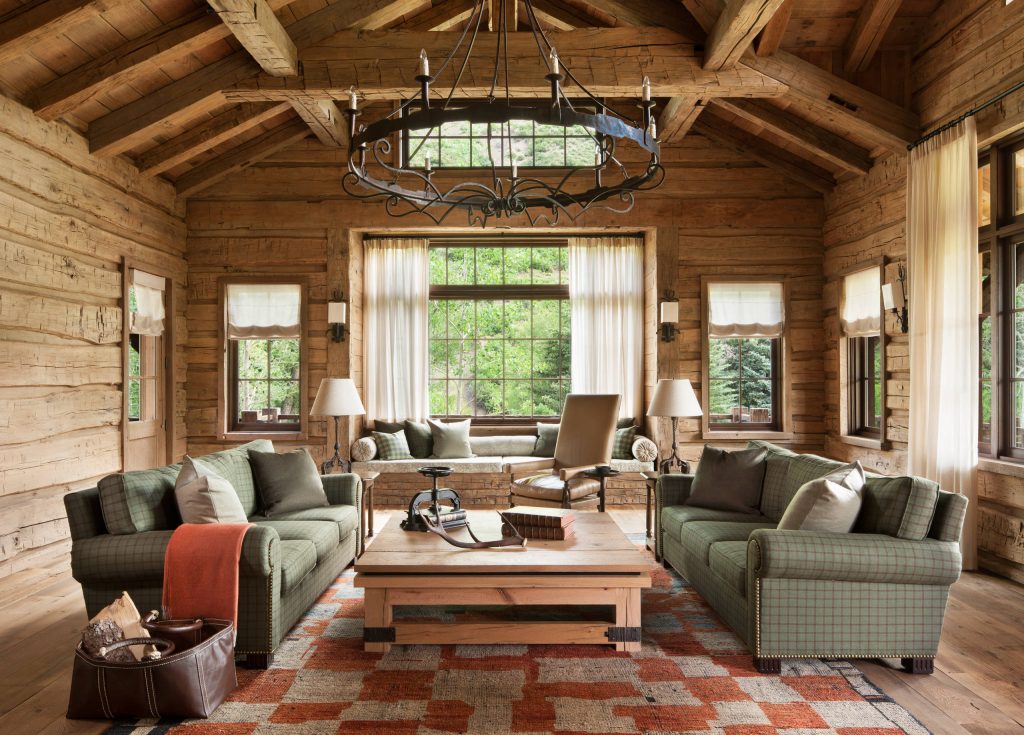
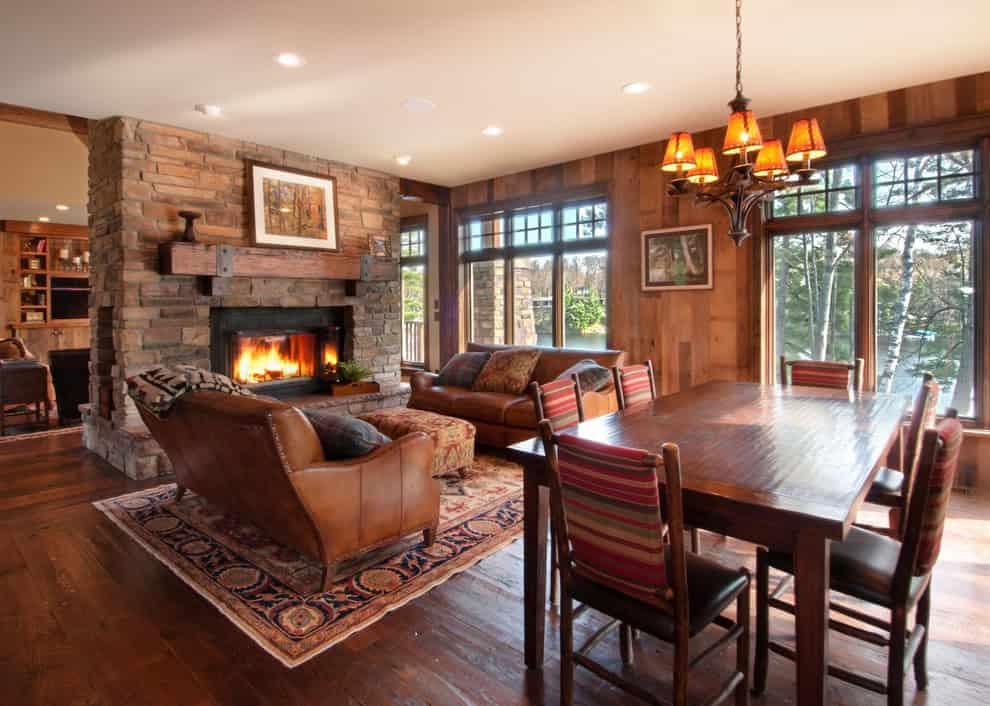
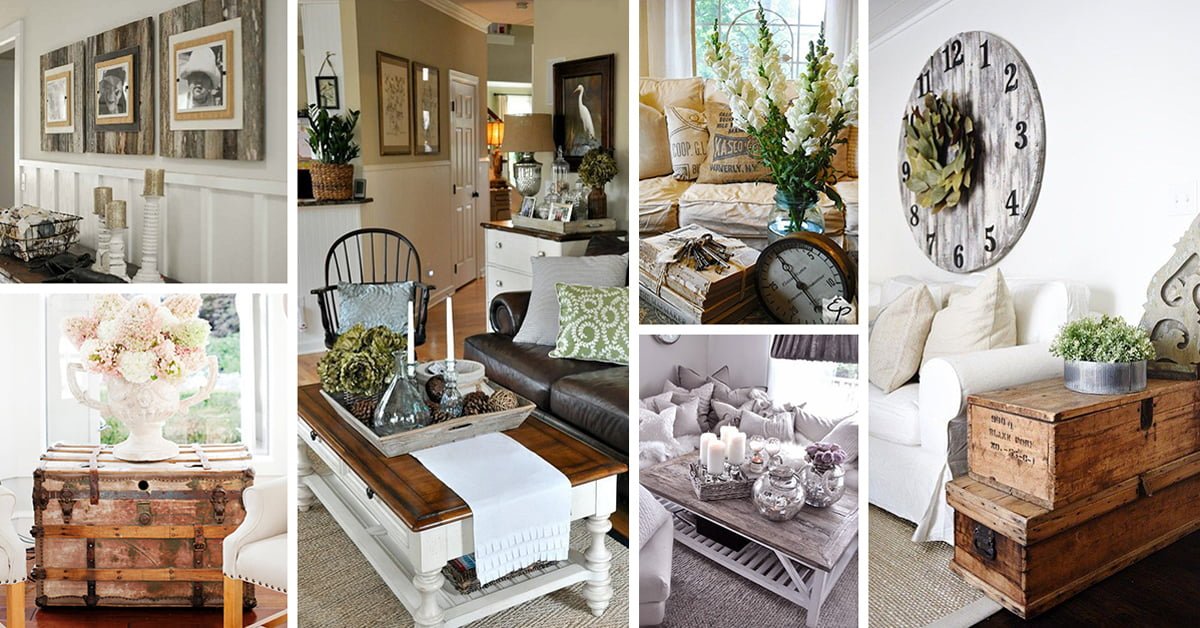
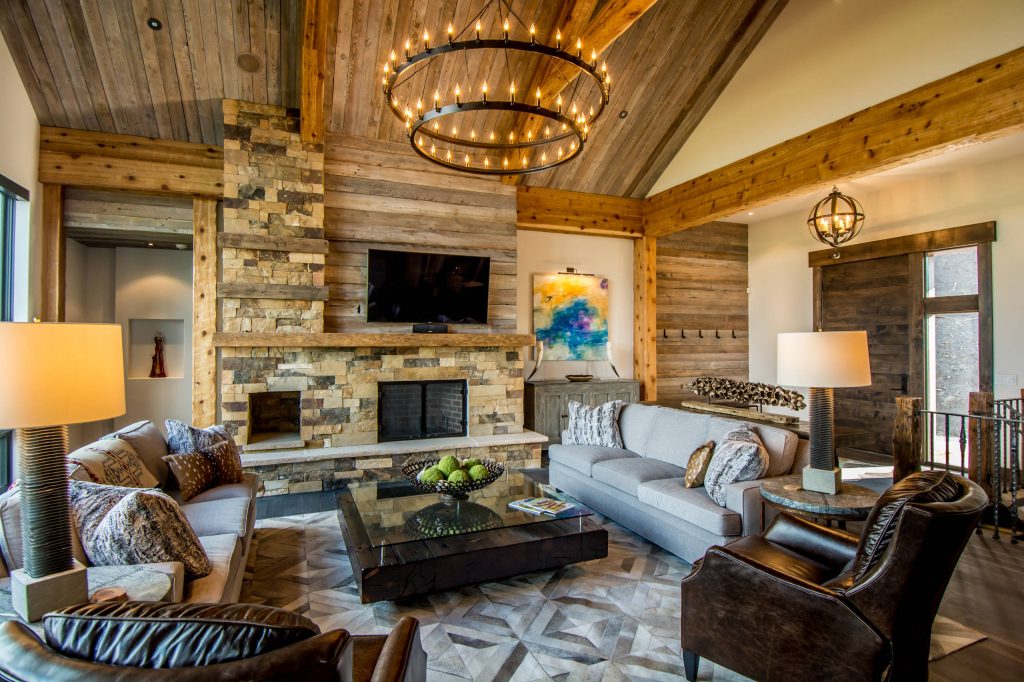

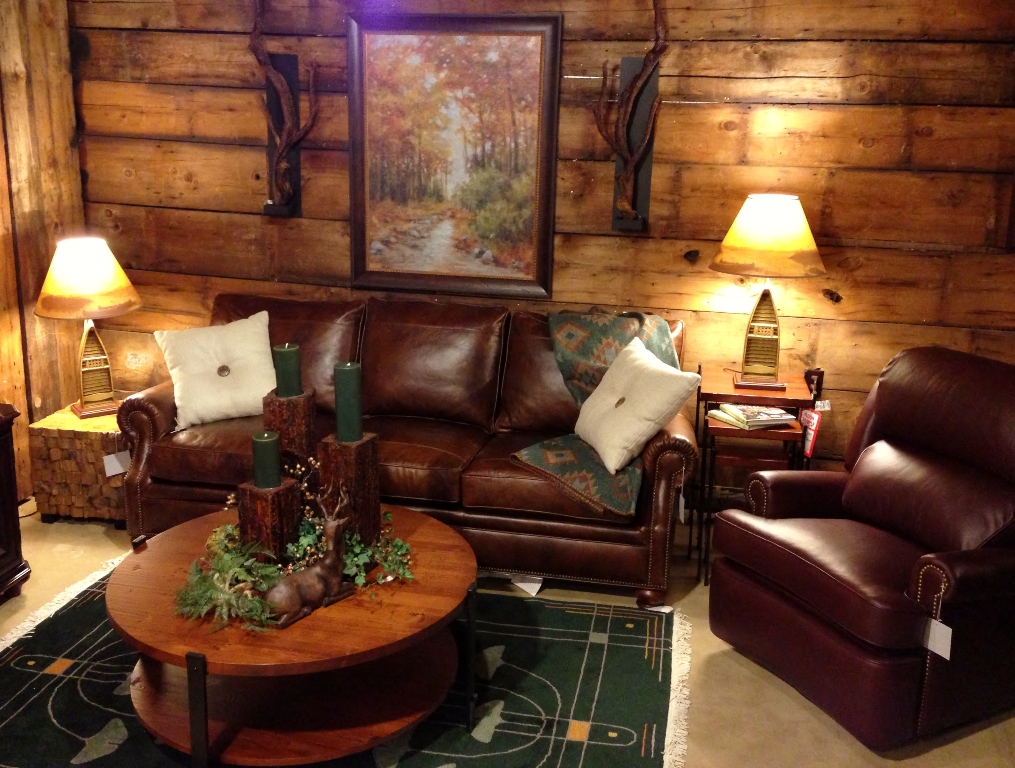
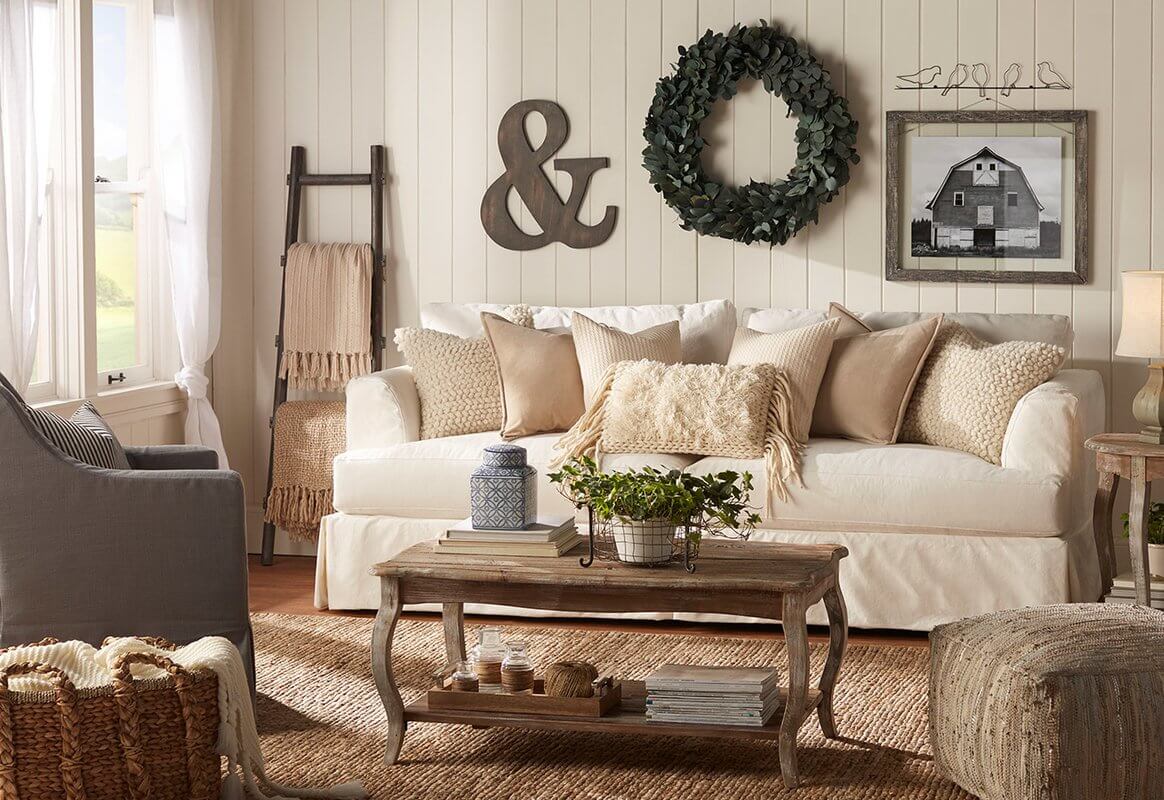






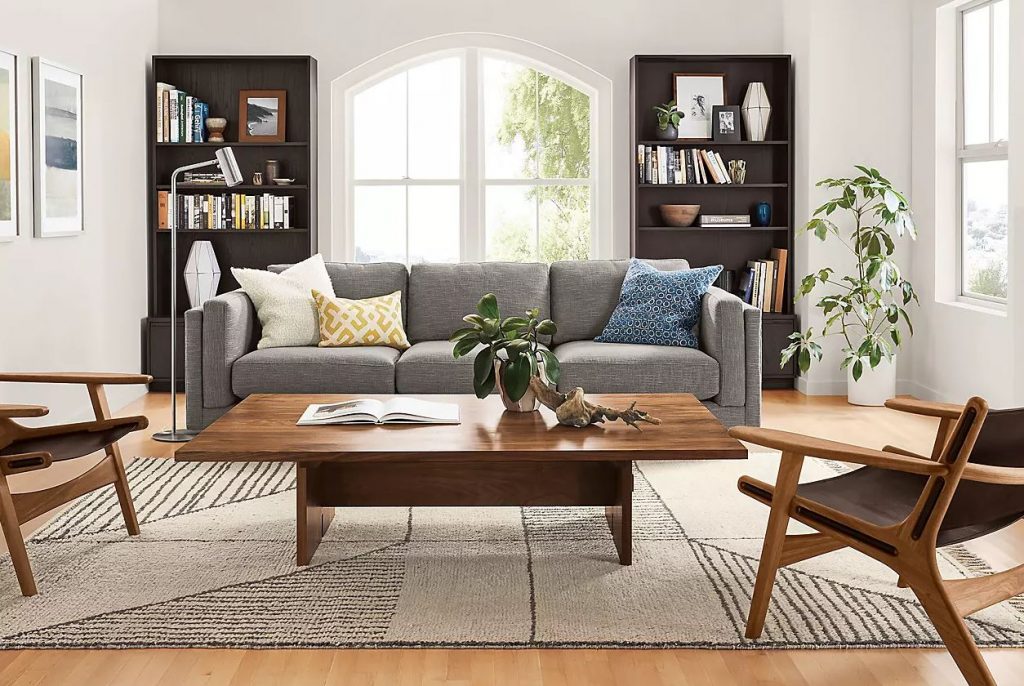




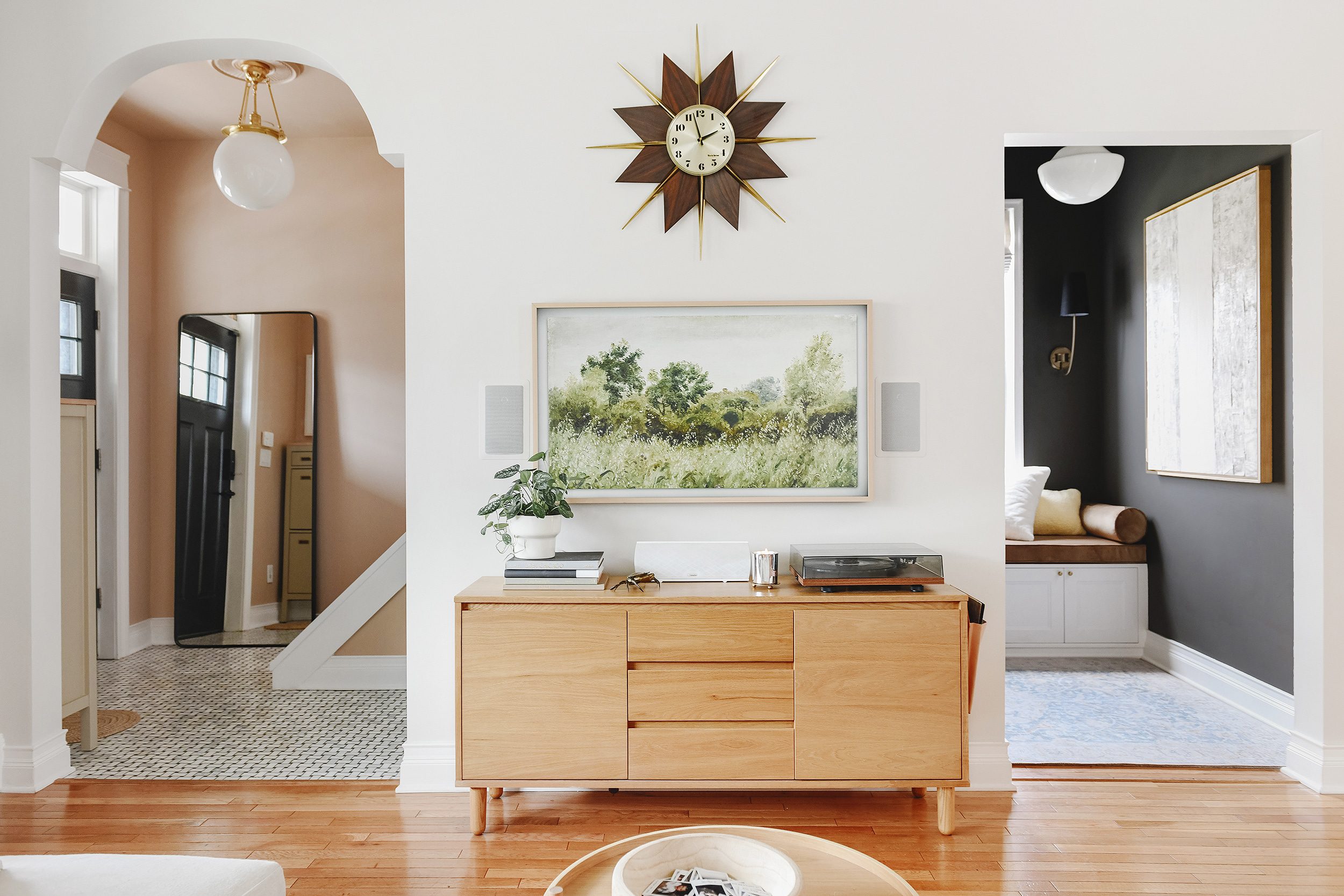



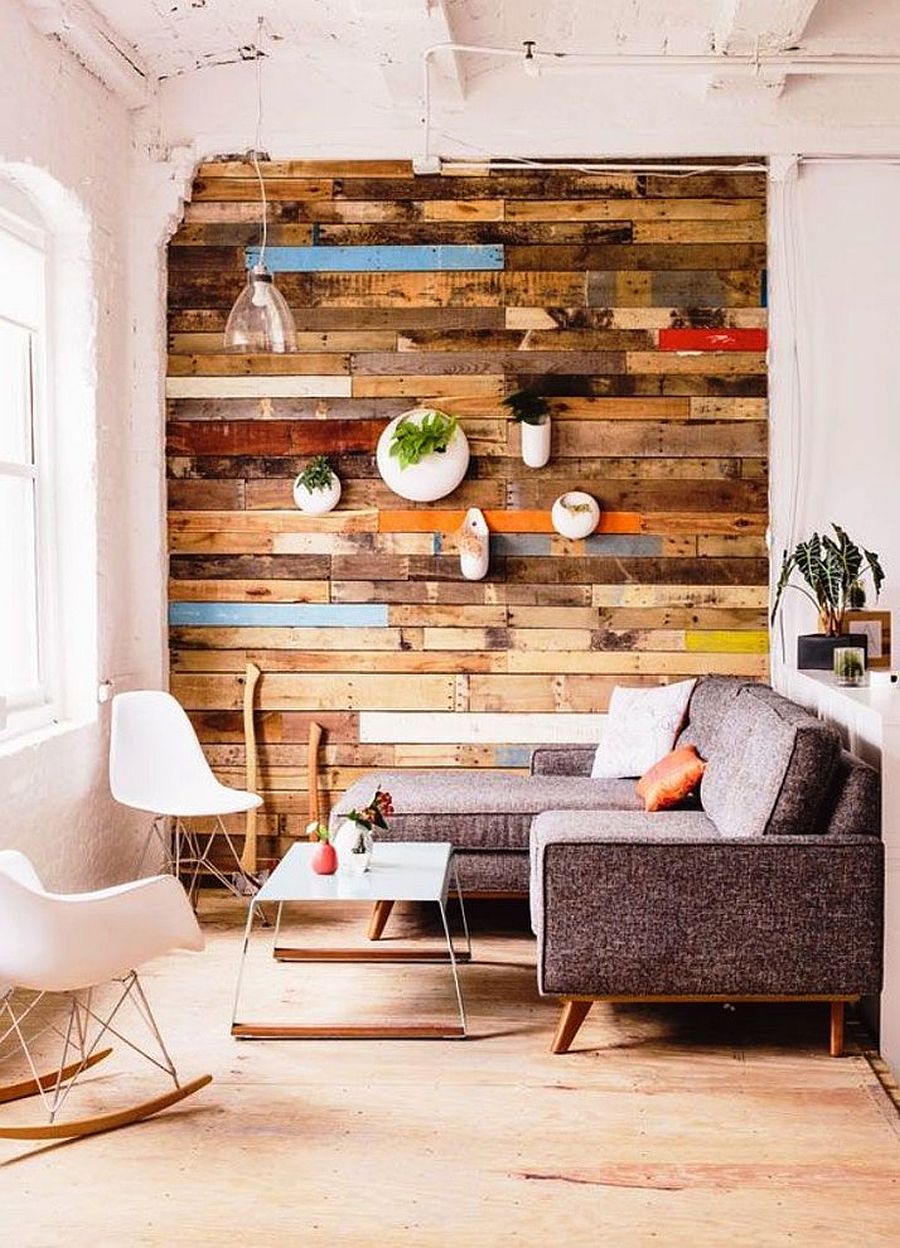











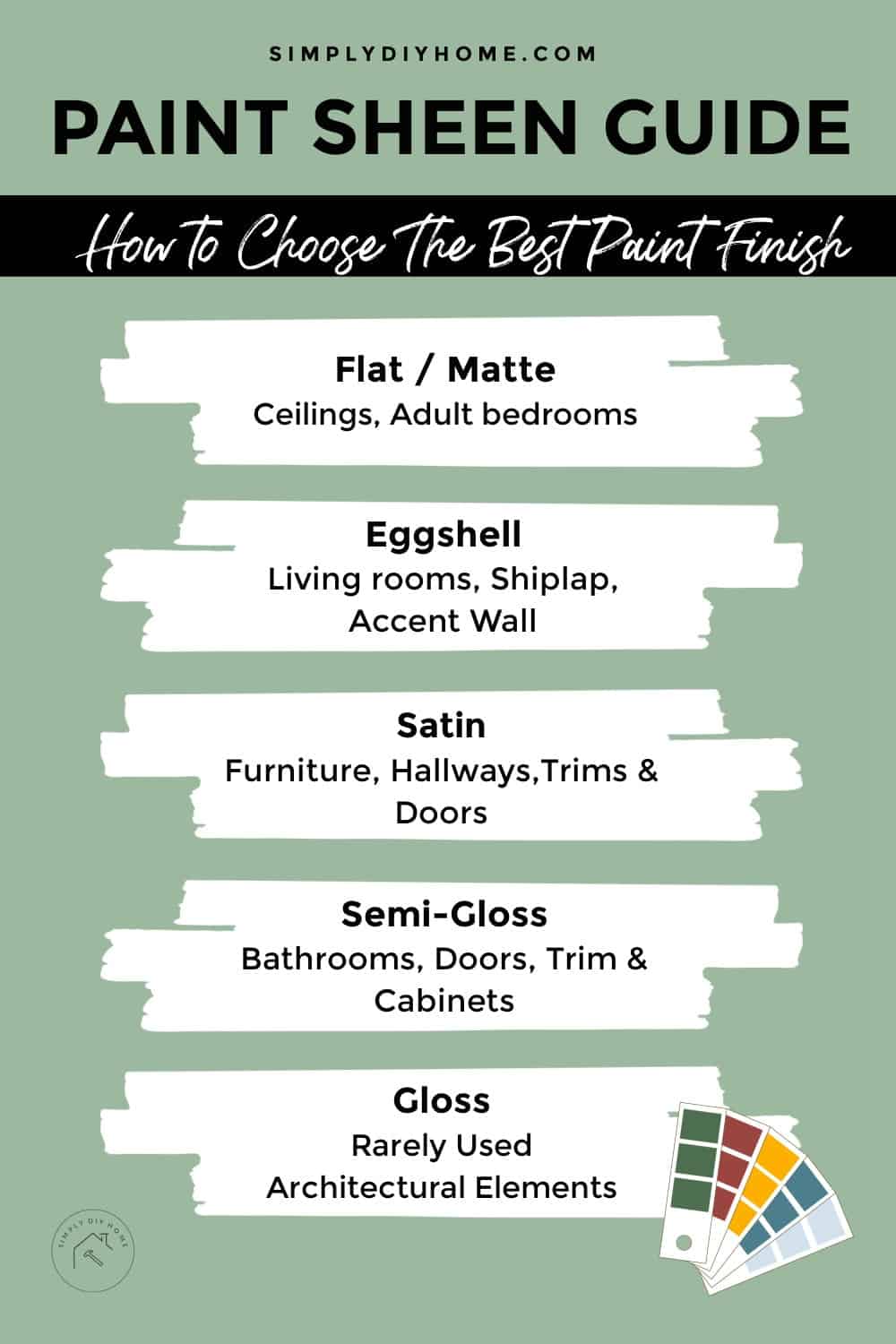
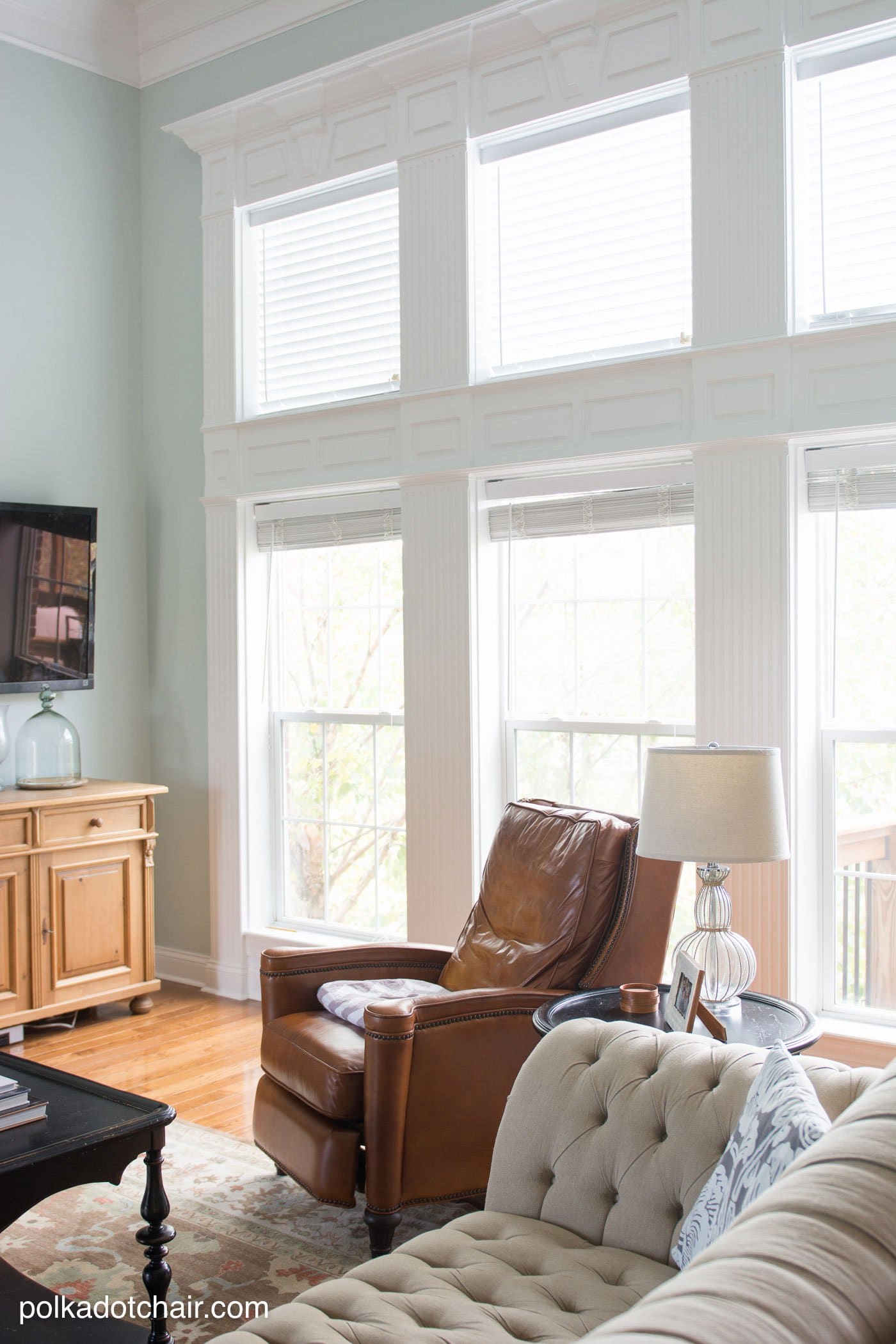
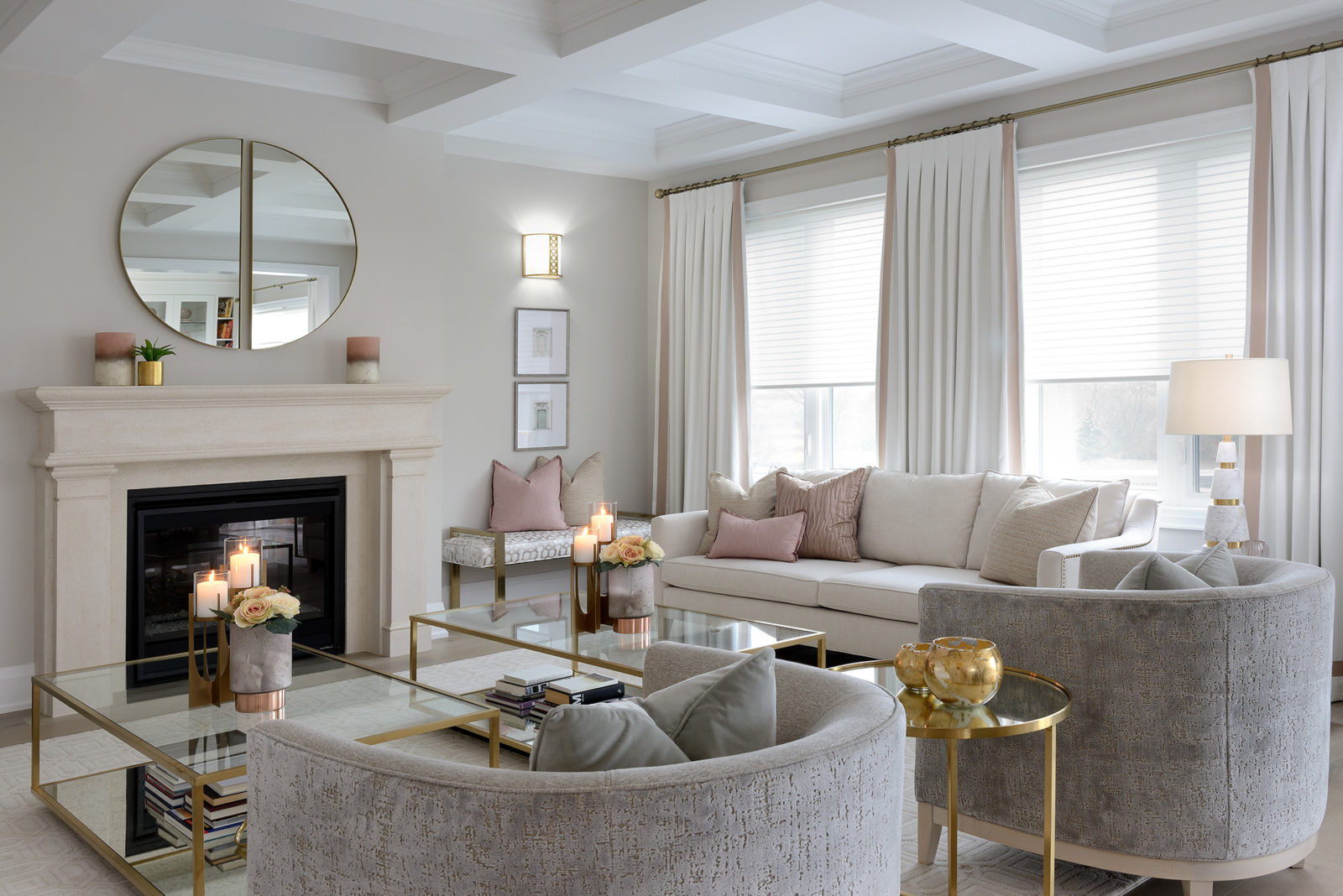
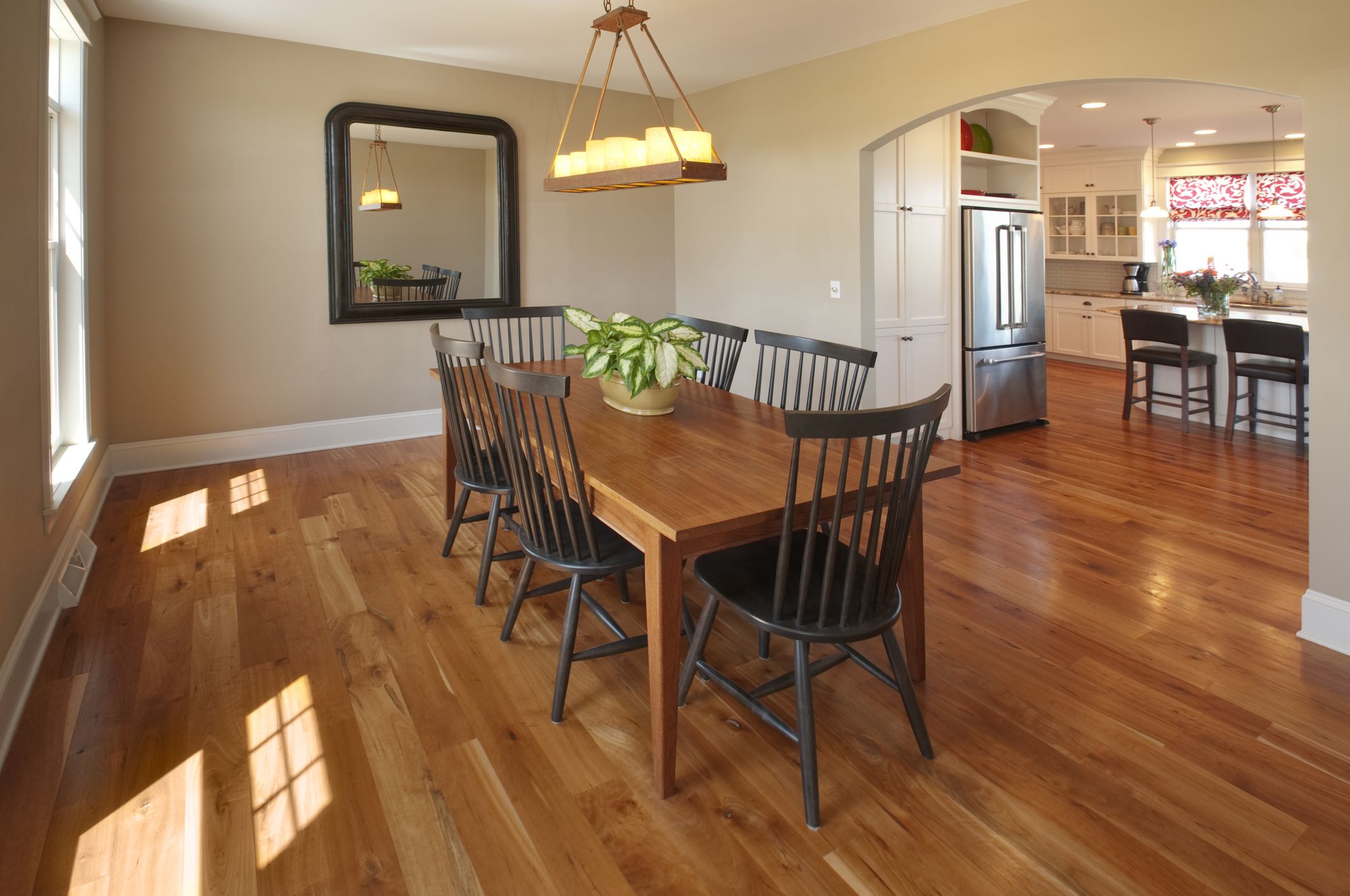

/Modern-living-room-GettyImages-697535803-58ac763e5f9b58a3c93ac8f4.jpg)




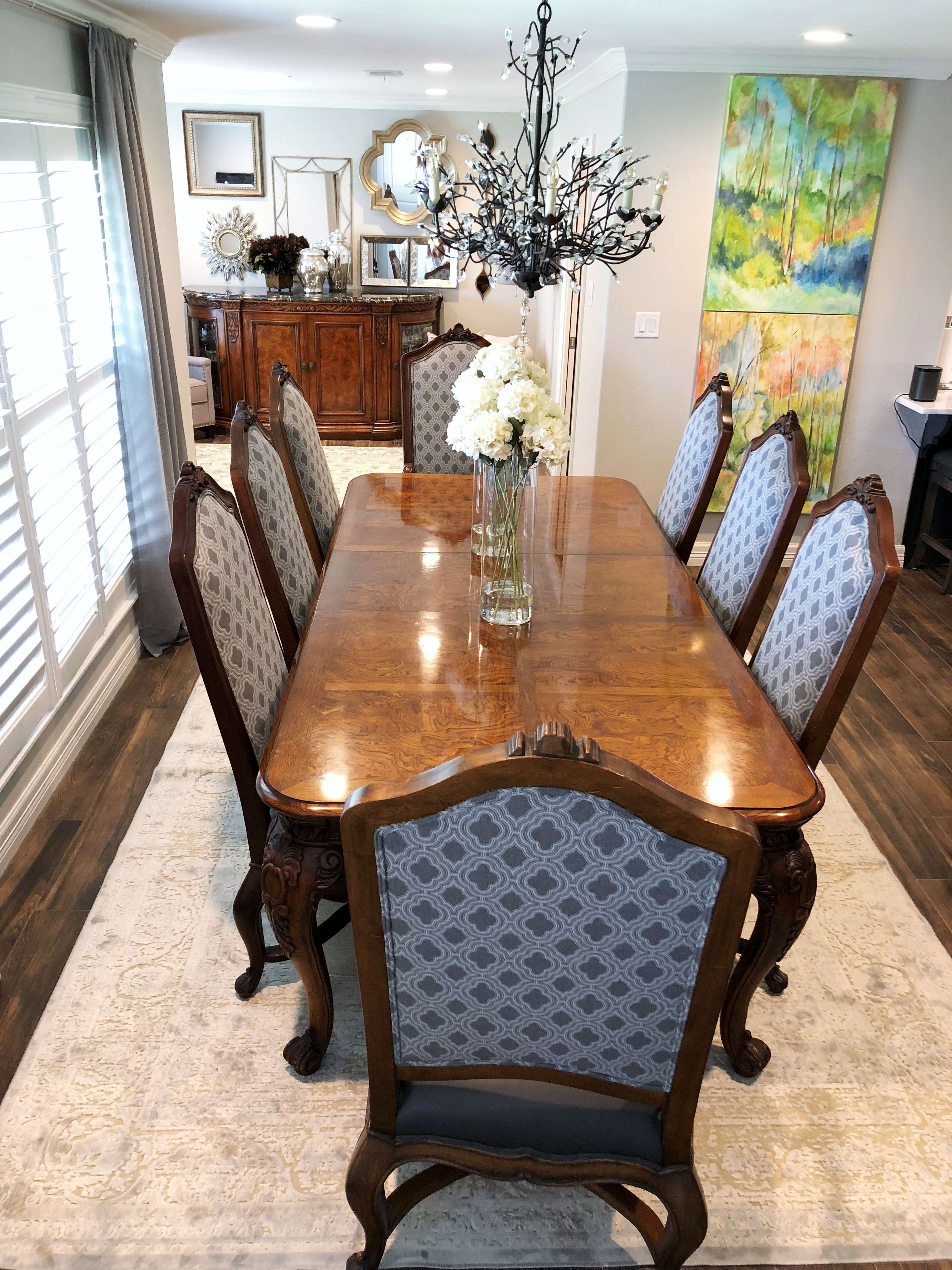
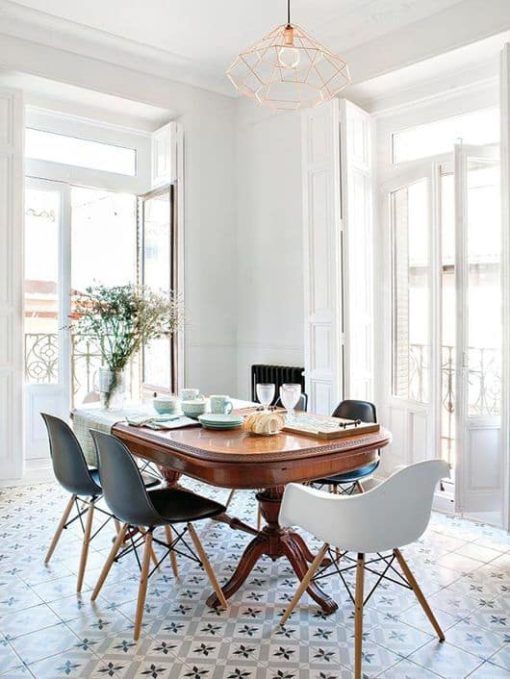
.jpeg)
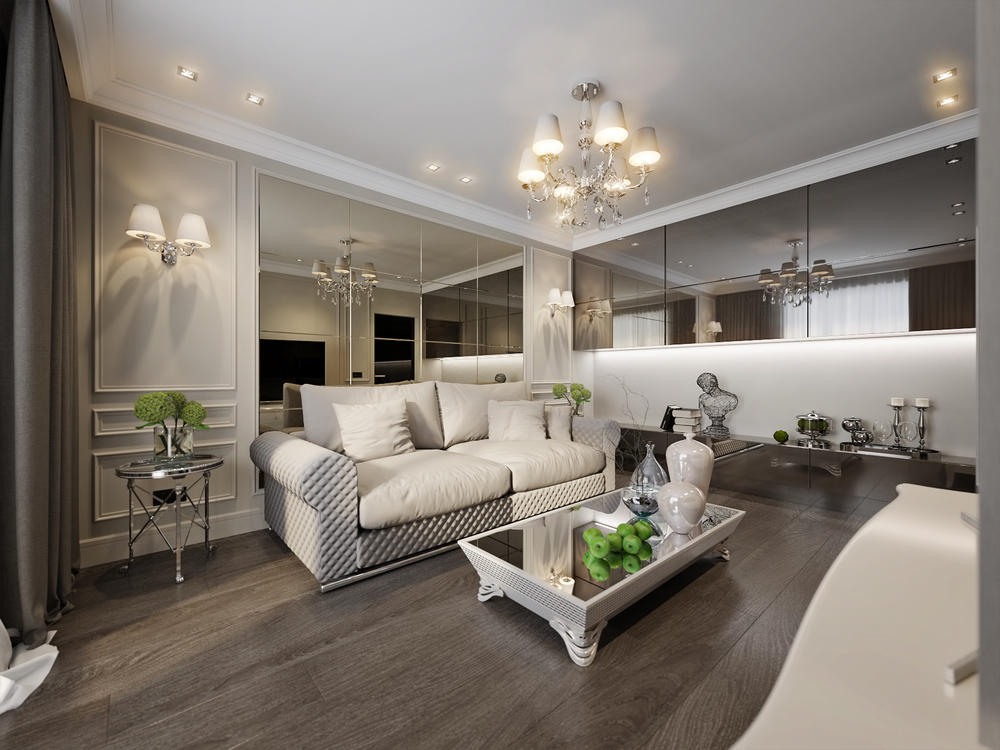

:max_bytes(150000):strip_icc()/mixing-antique-accessories-into-modern-decor-1976754-hero-070dea6d92104007aa7519130e8426c1.jpg)
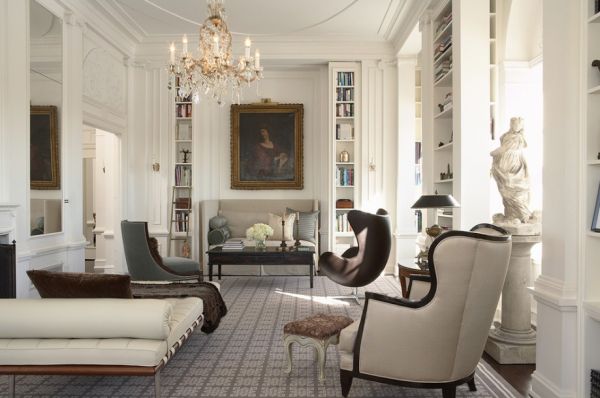











/fashion-living-room-1149388671-b9fae5e6d807418aa3405bd93e1487cb.jpg)


